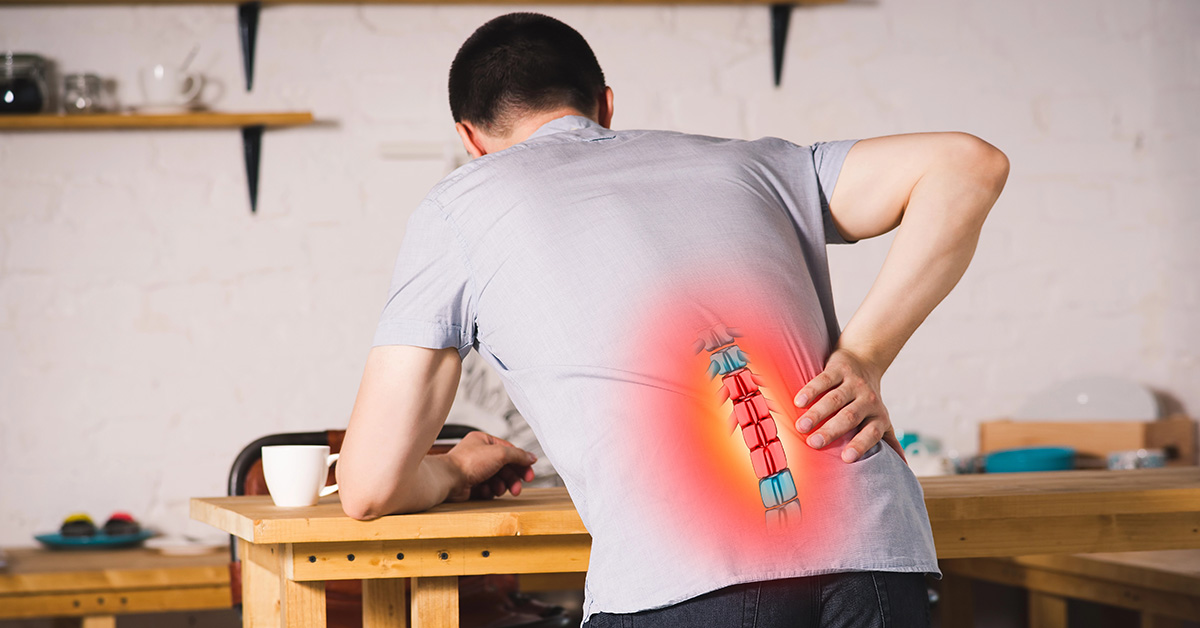
What Does a Back Fracture Feel Like?
A back fracture, also known as a vertebral fracture, occurs when one or more of the bones in the spine (vertebrae) break or collapse. These fractures can result from trauma, such as a fall or car accident, or from conditions like osteoporosis, which weaken the bones over time. The pain and symptoms associated with a back fracture can vary depending on the severity and location of the break, but the experience is generally marked by intense discomfort. Understanding what a back fracture feels like is important for recognizing the signs and seeking prompt treatment.
1. Sudden, Intense Pain
One of the most common symptoms of a back fracture is sudden and severe pain in the back. This pain is typically felt at the site of the fracture and is often described as sharp, stabbing, or shooting. For fractures caused by trauma, the pain may begin immediately after the injury. In cases where the fracture is due to osteoporosis or another degenerative condition, the pain may develop more gradually but still become intense as the vertebra collapses.
This pain is usually localized to the area of the fracture, such as the middle or lower back, but it can radiate to other parts of the body, including the hips or legs. Simple movements like standing, walking, or bending can aggravate the pain, making it difficult to perform daily activities.
2. Limited Mobility
A back fracture can significantly reduce mobility. Due to the intense pain, individuals may find it difficult to move without discomfort. Bending, twisting, or even sitting down can cause a sharp increase in pain. In some cases, the pain is so debilitating that standing or walking becomes nearly impossible. This limitation in mobility is often accompanied by muscle spasms, which can further contribute to stiffness and difficulty moving.
3. Chronic Pain
For individuals with fractures caused by conditions like osteoporosis, the pain may not always be sudden or immediately severe. Instead, it can manifest as a dull, persistent ache in the back that gradually worsens over time. This chronic pain may come and go, but it tends to intensify with activities that put pressure on the spine, such as lifting, bending, or standing for long periods.
In some cases, chronic pain from a vertebral fracture can be mistaken for common back pain, which can delay diagnosis and treatment. Over time, this persistent discomfort can significantly impact quality of life, making it difficult to engage in regular activities.
4. Radiating Pain
In addition to localized back pain, some individuals with a back fracture may experience pain that radiates to other parts of the body. This occurs when the fracture compresses nearby nerves, leading to symptoms similar to sciatica. The pain may radiate down one or both legs, causing tingling, numbness, or weakness in the legs and feet. This radiating pain can make walking or standing even more difficult and may be a sign that the fracture is affecting the spinal cord or nerves.
5. Deformity or Hunched Posture
In severe cases of vertebral fractures, particularly those caused by osteoporosis, individuals may develop a visible deformity in their spine. The vertebrae may collapse, leading to a hunched or rounded posture, known as kyphosis. This change in posture is often accompanied by a loss of height and can cause additional strain on the muscles and ligaments of the back, contributing to ongoing pain and discomfort.
6. Difficulty Breathing
For individuals with fractures in the upper or middle part of the spine, breathing may become painful or labored. This is because the ribs attach to the spine, and a fracture in the thoracic region can make it difficult to take deep breaths without experiencing sharp pain. In rare cases, a severe fracture can affect the ability to breathe properly, requiring immediate medical attention.
A back fracture is a painful and debilitating condition that can present as sudden, intense pain or chronic discomfort, depending on the cause. The pain is usually localized to the fracture site but can radiate to other areas of the body, affecting mobility and overall function. If you experience severe back pain after an injury, or if you have ongoing back pain that worsens over time, it's important to seek medical evaluation. Early diagnosis and treatment can help prevent further complications and improve your quality of life.

